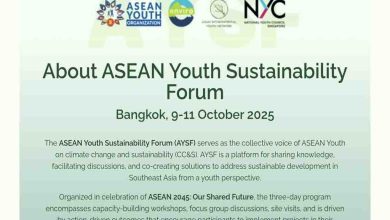Water Shortages in Pakistan Lower Cotton Production
Cotton Output Affected by Water Crisis in Pakistan
Water Crisis: Water scarcity slash cotton output for Pakistan
By Munawar Hasan
LAHORE: Persistent water scarcity and heatwave has slashed cotton acreage to one of the lowest levels recorded in the last several decades.
Already battered by scant canal supplies and above-normal temperatures, the latest drop in river flows further hits the cotton outlook for the farmers despite favourable marketing conditions on the back of record-high silver fiber prices. High costs of inputs, harsh weather conditions in addition to extremely low availability of canal water created challenging planting conditions for the growers.
Cotton plantation in Sindh and South Punjab, two prime production regions, have consequently been far below the target as sowing enters into the final stage. According to the latest data, cotton cultivation in high yielding Sindh hardly achieved 50pc of the sowing target till May 23, 2022. Against the target of 1.58 million acres, cotton sowing could be completed till the third week of May only on 0.840 million acres of land, lagging behind by 53pc if compared with the official sowing target.
Last year till May 23, 2021, over 1.20 million acres had been brought under cotton cultivation, which means plantation of silver fiber in the Kharif 2022-23 season is still relatively short by 30pc.
In Punjab, the biggest producer of cotton in the country, southern parts of the province are facing the brunt of water paucity, which also reflected into low cotton sowing. The worst affected districts include Rahim Yar Khan and Bahawalnagar, the two major producers of quality lint in the country.
According to official sowing data, both Rahim Yar Khan and Bahawalnagar districts lagged behind in cotton sowing by 15 and 10pc respectively.
In total, cowing cultivation could be completed at 3.31 million acres against the target of 4.49 million acres in entire Punjab province, showing progress by 91pc over the target.
At the national level, cotton sowing has been short of the target by 31.5 percent in the ongoing Kharif season as 4.16 million acres of land could be brought under cotton cultivation in the country against the sowing target of 6.08 million acres. However, cotton tillage has comparatively improved by about fiver percent if compared with the last year’s sowing area till the corresponding period.
In addition to facing severe shortages of water limiting its area, the cotton sowing belt has already been declining over the years due to a stiff competition from competing crops like sugarcane, maize and rice. Owing to the factors, the 4.16 million acres of land that has been brought under cotton plants this season at national levels is stated to be the lowest in several decades. It is certainly a negative development for the multi-billion dollars cotton economy of Pakistan.
Cotton growers were much optimistic at the start of the sowing season a several weeks back due to bullish trends in the silver fiber market. However, the positive outlook started fading quickly due to unfavorable weather, low or no water supplies, high costs of inputs like seed, fertiliser and fuel/electricity for pumping the groundwater.
Despite the extremely challenging environment, farmers are still waiting for sufficient canal water availability in the hope of bringing as much area under cotton as possible. Hence, the sowing period may stretch to mid-June if dry conditions continue. As rain during the sowing stage creates problem for cotton growers, they may opt for sowing till monsoon rains provided weather conditions remains conducive.







